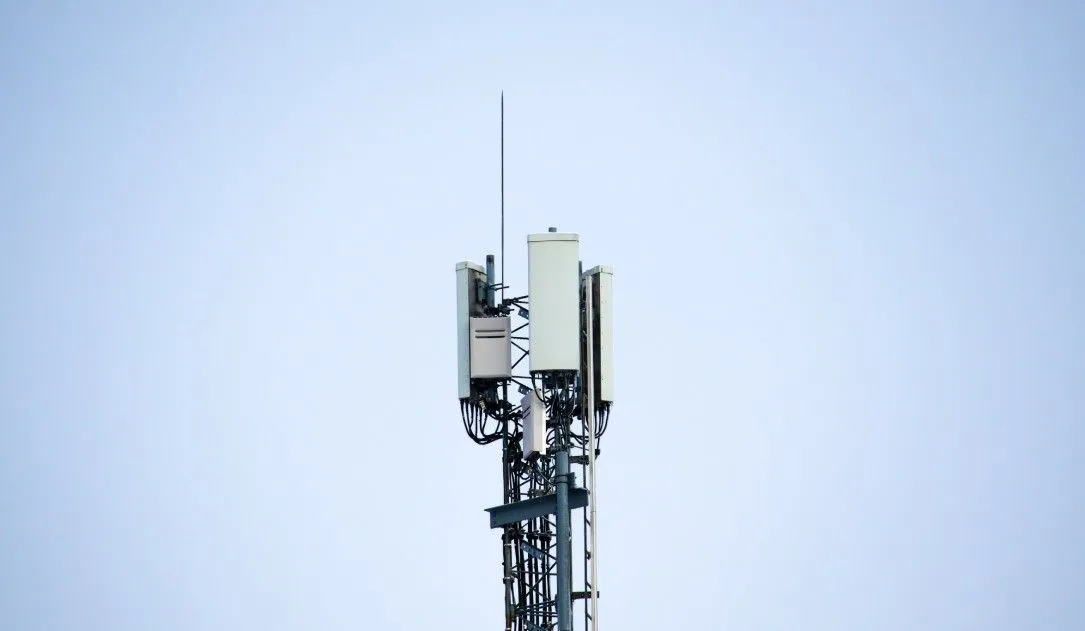Secret Service, ICE carried out illegal stingray surveillance, government watchdog says
U.S. federal agencies failed to secure required court orders to conduct phone tracking surveillance, according to a recently redacted memorandum from a government watchdog.
The report, written by the Office of the Inspector General (OIG) and dated February 23, provided details of an audit of the use of cell-site simulators (CSS) — a law enforcement tool that mimics cellular towers to trick nearby devices into connecting with them. These instruments, which are also known as stingrays or IMSI-catchers, allow law enforcement to track the location of a suspect or identify targeted devices.
The auditors found that in 2020 and 2021, Immigration and Customs Enforcement’s Homeland Security Investigations division and the Secret Service had in some cases violated the law by not following regulations around the use of CSS.
In order to surveil a suspect using the tracking devices, law enforcement must first obtain a search warrant unless “exigent” or “emergency” considerations apply. This includes the need to protect human life or avert injury, prevent destruction of evidence, and prevent escape by a suspect. Even in those cases, however, a court order is still required. If one is not available, emergency exceptions apply, but still require an agency to secure a court order within 48 hours of beginning surveillance.
In an undisclosed number of cases, both agencies failed to follow through with this, the OIG found.
“For the cases we reviewed, the Secret Service and ICE HSI obtained required search warrants for CSS uses, respectively. However, the Secret Service and ICE HSI did not always obtain court orders … when using CSS during investigations that included exigent circumstances,” they wrote.
The use of stingrays has raised concerns among civil liberties groups, who claim the technology casts a dangerously wide net and is not subject to adequate scrutiny. Both the American Civil Liberties Union and the Electronic Frontier Foundation have sued law enforcement agencies for information related to use of the technology.
One Secret Service field office was involved in multiple cases in which surveillance was conducted on behalf of a local law enforcement agency without required permissions.
According to the report, county judges did not think it necessary to get an emergency order after CSS had already begun. In those cases, the Secret Service had also not followed procedure in attempting to get a court order before using the technology.
In the case of HSI, some surveillance actions received no legal authorization whatsoever.
“If these were ‘emergency situations’ and ICE HSI could not obtain a court order prior to using CSS, [they] should have applied for court orders within 48 hours of installing. … Yet, ICE HSI did not apply for court orders in these investigations,” the OIG wrote.
Both agencies accepted the OIG’s findings and agreed to make the recommended changes.
James Reddick
has worked as a journalist around the world, including in Lebanon and in Cambodia, where he was Deputy Managing Editor of The Phnom Penh Post. He is also a radio and podcast producer for outlets like Snap Judgment.
